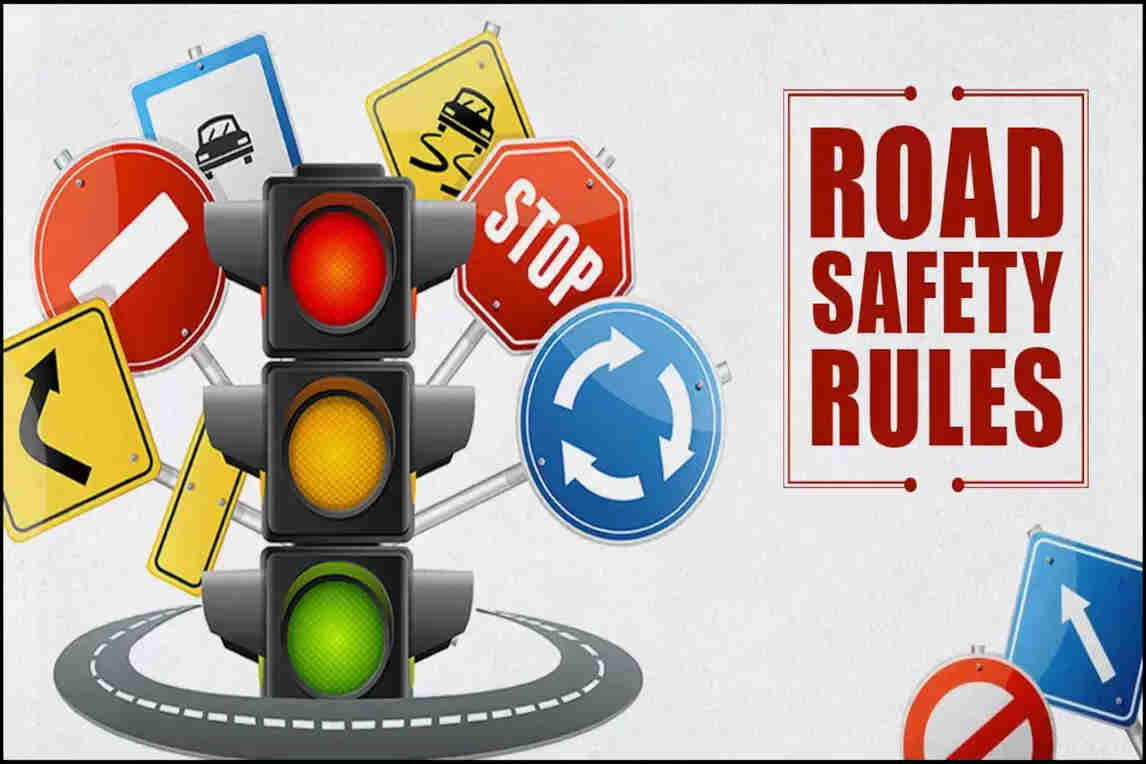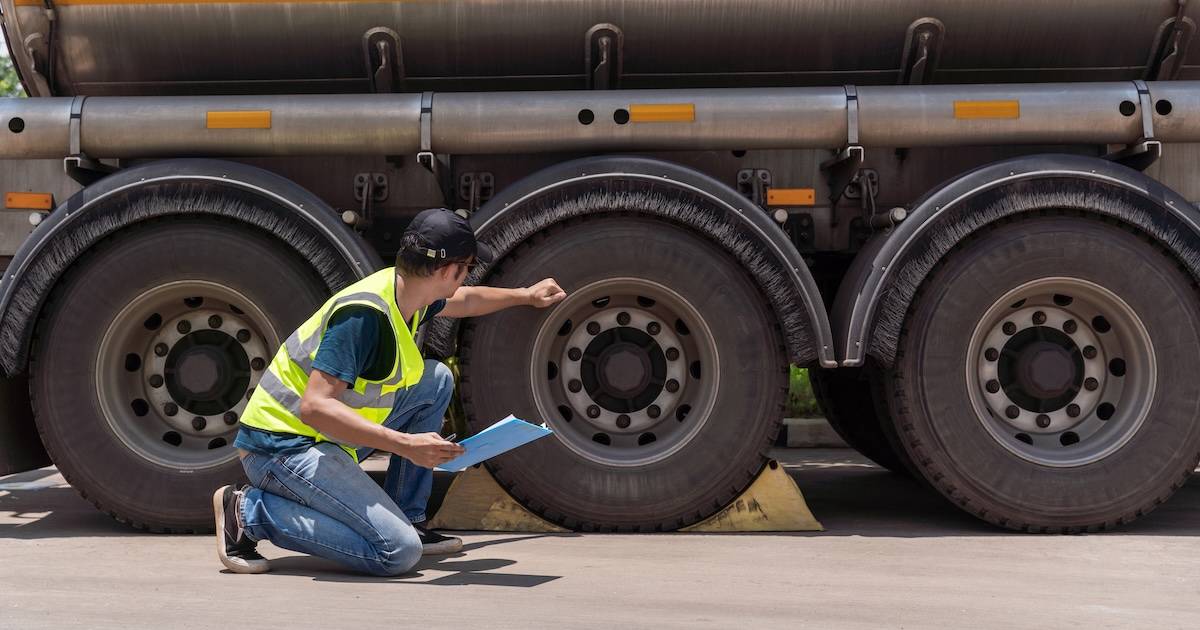Why Fleet Safety Audits Matter in Singapore

The Stakes Are Higher Than You Think
Running a fleet here isn’t just about moving from point A to B. It’s about doing it safely, legally, and with minimal risk to drivers, vehicles, and the public.
Without regular safety audits, companies open themselves up to:
-
Hefty fines under the Road Traffic Act and WSH Act
-
Suspension of licenses or road permits
-
Vehicle impoundment for repeated non-compliance
-
Insurance claim rejections due to lack of maintenance records or documented driver training
-
Litigation risks in case of injury or fatality involving an uninspected or non-compliant fleet vehicle
Understanding the Legal Backdrop
-
Workplace Safety and Health Act (WSH Act):
This act extends to mobile workplaces like trucks and vans. Employers must ensure that vehicles are maintained, drivers are competent, and all risks are controlled. Failure to do so is a direct breach of the law. -
Land Transport Authority (LTA) Guidelines:
The LTA mandates regular vehicle inspections, including those under the Vehicle Inspection Scheme (VIS). It also enforces rules around speed limiter installations, COE validity, and commercial vehicle load safety. -
Road Traffic Regulations Singapore:
These include rules around driver licensing, roadworthiness, emission standards, and traffic offenses. An unmaintained vehicle or fatigued driver could land you on the wrong side of the law fast.
Why Audits Are the Backbone of Compliance
A fleet safety audit acts like a dashboard for your operations. It gives you visibility into what’s working, what’s not, and what could cost you dearly. Audits cover everything from:
-
Brake system efficiency
-
Driver fitness assessments
-
Telematics-based behavior monitoring
-
Emergency preparedness checks
-
Service record verification
It ensures you’re not just checking boxes, but actively reducing operational risk.
Protection Beyond Legal Compliance
The benefits go well beyond avoiding penalties. A thorough safety audit can:
-
Prevent breakdowns that cause delivery delays and customer dissatisfaction
-
Improve vehicle lifespan through proactive maintenance
-
Boost driver morale, knowing they’re operating safe and roadworthy vehicles
-
Increase fleet efficiency, since well-maintained vehicles use less fuel and have fewer accidents
-
Enhance corporate image, especially if you’re bidding for government contracts or working with multinational logistics chains
Case Example: What Happens Without a Safety Audit?
Let’s say a company skips its regular audit. One of their box trucks, overdue for a brake fluid replacement, is sent on a delivery run. The brakes fail on the KPE expressway during peak hour. The result?
-
A major road accident
-
An investigation by LTA and police
-
A public report on safety negligence
-
Potential criminal charges against the fleet manager or business owner
-
Loss of clients due to negative press
All of this could’ve been prevented with a 45-minute checklist-based audit.
What Is a Fleet Safety Audit?
A fleet safety audit is a structured check-up of how well your fleet meets safety, compliance, and operational standards. Think of it like a health screening for your vehicles and drivers. The process helps you catch issues like untrained drivers, missed inspections, or outdated emergency kits.
There are two types:
-
Internal audits: Done in-house by your safety team
-
External audits: Performed by third-party safety consultants or LTA officers
Fleet audits also support fleet risk management, helping you lower insurance costs and accident rates.
Fleet Safety Audit vs. Fleet Compliance Audit
They sound similar, but they focus on different things.
-
Fleet safety audit = Checks physical safety and driver behavior
-
Fleet compliance audit = Reviews regulatory documents and permits
For best results, transport companies in Singapore should run both together. One keeps your fleet safe; the other keeps it legal.
Singapore-Specific Safety Standards for Fleet Operations
In Singapore, fleet safety isn’t a soft suggestion — it’s a statutory responsibility enforced by several key government agencies. If you’re running a transport company, you need to comply with a web of vehicle and workplace regulations or risk hefty penalties, license suspensions, or worse — accidents that could have been prevented.
Understanding Singapore’s regulatory ecosystem is the first step toward building a truly compliant, audit-ready fleet.
1. Land Transport Authority (LTA): Regulatory Backbone of Fleet Operations
The Land Transport Authority (LTA) is responsible for managing the entire lifecycle of a commercial vehicle — from registration to de-registration. For fleet managers, LTA compliance is non-negotiable.
Here’s what LTA expects from you:
-
Scheduled vehicle inspections under the Vehicle Inspection Scheme (VIS)
-
Use of approved speed limiters for heavy vehicles and buses
-
Proper vehicle classification (Goods, Buses, Private Hire, etc.)
-
Adherence to the Vehicle Emission Scheme (VES) for air quality
-
Up-to-date Certificate of Entitlement (COE) and road tax renewals
-
Proper load safety measures for goods transport vehicles
Failing any LTA vehicle inspection can result in an immediate suspension of the vehicle’s use, making it illegal to operate until it passes a reinspection.
2. Workplace Safety and Health Council (WSHC): Safety at the Human Level
The Workplace Safety and Health Council (WSHC) is responsible for protecting drivers, operators, and the public from unsafe fleet operations. While LTA focuses on the vehicle, WSHC looks at the people using it.
The WSHC provides guidelines for:
-
Driver fatigue management programs
-
Onboarding and continuous driver training
-
Incident reporting and analysis procedures
-
Emergency response plans for roadside or in-transit situations
-
Promoting a culture of safety awareness through campaigns like “Vision Zero”
They encourage companies to implement a Fleet Safety Management System (FSMS) — a structured approach to risk assessment, training, performance tracking, and continuous improvement.
3. Workplace Safety and Health (WSH) Act: Legal Framework for Fleet Operators
The WSH Act is the legal hammer behind WSHC’s guidelines. Under this act, employers are legally obligated to:
-
Maintain vehicles in safe working condition
-
Provide adequate supervision and training for drivers
-
Conduct risk assessments for driving activities (especially for high-risk transport like hazmat or long-haul cargo)
-
Ensure emergency protocols and safety signage are in place
A violation of the WSH Act — especially if it results in injury — can lead to criminal charges, not just fines. Transport company directors and safety managers are personally liable under the Act in serious cases.
4. Road Traffic Act: Operational Rules of the Road

This act governs the legal use of public roads in Singapore, including everything from vehicle registrations to driver conduct. Fleet operators must pay close attention to:
-
Ensuring drivers hold valid Class 3/4/5 licenses depending on vehicle weight
-
Installing mandatory speed limiters on heavy commercial vehicles
-
Equipping vehicles with emergency equipment as required by law
-
Adhering to maximum axle load limits and gross vehicle weight (GVW) restrictions
-
Complying with dashcam usage policies (especially for buses and ride-sharing fleets)
The Road Traffic Act also mandates regular vehicle inspections, failure of which can result in vehicle immobilization or impoundment.
Mandatory Documents to Maintain
Compliance isn’t just about actions—it’s also about proving you did them. During audits, regulators will request access to:
1. Compliance Documentation
-
Vehicle registration and licensing papers
-
Insurance policies and COE status
-
Vehicle modification approvals (if applicable)
-
Speed limiter calibration certificates
2. Driver Training Records
-
Training completion logs
-
Certificates from approved WSH courses
-
Records of disciplinary actions and re-training
-
Fatigue management logs and shift rotations
3. Vehicle Inspection Logs
-
Daily pre-trip and post-trip inspection sheets
-
Third-party inspection reports (e.g., VICOM, STA)
-
Maintenance service history
-
Breakdown reports and corrective actions
Keep these logs digitally backed up and accessible — especially for surprise audits or insurance claims.
Pro Tip: Use a Fleet Compliance Calendar
To stay on top of Singapore’s safety requirements, create a compliance calendar that reminds your team of:
-
Road tax renewals
-
LTA inspection dates
-
Driver license renewals
-
Fire extinguisher and first aid kit expiry checks
-
Telematics recalibration
-
Refresher training cycles
Many modern fleet management systems have built-in compliance trackers that send automatic alerts. If you’re managing more than five vehicles, these tools are worth their weight in gold.
Complete Fleet Safety Audit Checklist for Singapore Transport Companies
Vehicle Safety Inspection
Your audit should start with the fleet itself. Conduct inspections on a daily, weekly, and monthly basis.
Checklist items:
-
Tyre tread, pressure, and spare wheel check
-
Brakes and lights: headlamps, indicators, reverse lights
-
Windshield and mirrors: visibility and wiper condition
-
Fluids: engine oil, brake fluid, coolant, washer fluid
-
COE, insurance, and road tax validity
-
Battery health and terminal condition
Stick to a preventive maintenance schedule to avoid last-minute surprises.
Driver Compliance
Unsafe drivers put your entire fleet at risk. Check these areas:
-
Valid driver licenses (and correct class)
-
Updated driver training records
-
Hours of service (HOS) logs to manage fatigue
-
Evidence of refresher training on road safety
Use driver behavior monitoring systems to track habits like harsh braking, speeding, or phone usage.
Records & Documentation
Don’t get caught off guard during inspections. Keep the following ready:
-
Vehicle inspection logs (physical or digital)
-
Service and maintenance history
-
Incident reports and incident response plans
-
Training completion certificates
-
Emergency drill records
A digital fleet management system helps store and retrieve this easily.
Telematics & Monitoring Systems
Telematics can be your best friend in a safety audit.
What to track:
-
Real-time GPS data
-
Harsh acceleration, speeding, idling time
-
Unauthorized vehicle use
-
Route deviation alerts
Advanced systems even provide AI-powered driver coaching, helping drivers improve in real-time.
Emergency Readiness
A minor accident can turn major if you’re not ready.
Your emergency audit list:
-
Stocked first aid kit and emergency equipment (flares, torchlight, fire extinguisher)
-
Emergency contact numbers in the vehicle
-
Evacuation and response plan (visible and tested)
Document your last emergency drill and keep response time records.
Risk Assessment & Safety KPIs
Use data to measure how safe your fleet really is.
Key indicators:
-
Number of incidents per 10,000 km
-
Downtime due to preventable issues
-
% of on-time inspections
-
% of driver violations flagged
A proper risk assessment includes identifying recurring problems and setting safety performance indicators (SPIs).
How Often Should You Audit?
Here’s what we recommend:
-
Quarterly audits – Full review of vehicles and drivers
-
Monthly mini-checks – Quick look at high-risk areas like brakes and driver logs
-
After incidents – Conduct a root cause review
Schedule an audit after adding new vehicles, hiring drivers, or switching routes.
Best Practices for Smooth Fleet Safety Audits
-
Appoint a fleet safety officer
-
Use checklists from LTA or customize your own
-
Regularly brief drivers on compliance and expectations
-
Partner with certified safety consultants when needed
-
Audit third-party logistics vendors if used
Automation tools can help you track service intervals and license renewals.
Tools & Templates to Simplify Audits
Here’s what helps streamline your process:
-
Excel-based fleet inspection templates
-
Digital vehicle checklist apps
-
Driver training log templates
-
Custom audit reports with LTA checkboxes
Consider software that includes a dashboard view of upcoming inspections and overdue tasks.
Fleet Safety = Fleet Efficiency

A safe fleet is a productive fleet. Here’s how audits boost performance:
-
Early detection of mechanical issues
-
Better fuel efficiency with trained drivers
-
Reduced downtime from breakdowns or violations
-
Happier, more focused drivers
Think of safety as an investment, not a cost.
Final Thoughts: Stay Ahead, Stay Safe
In Singapore’s strict regulatory climate, being proactive is your best move. Whether you manage five trucks or 500, make fleet safety audits a routine—not a reaction.
